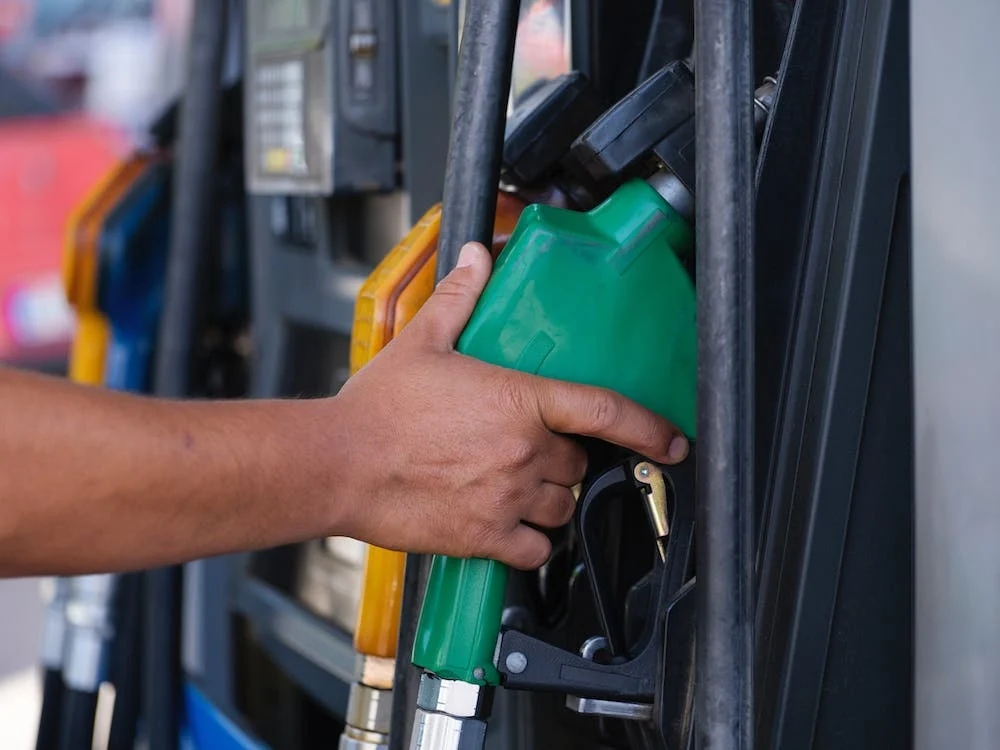Unless you have been living under a rock – or, indeed, you are someone who cycles everywhere and stays off social media, you will know that the cost of petrol and diesel has skyrocketed recently. People are now trying to figure out how they can possibly afford to fill their tanks – now that it is almost £100 for the average family car… The number of people trying out their luck on the lottery, or heading over to www.goodluckmate.com to try their luck on the best casinos is growing. And who can blame them?
As of 9 June 2022, petrol and diesel costs an average of 180.73p and 186.57p per litre respectively and the cost is going up every single day.
Head to the Supermarket Pumps?
It has been reported that currently, the cost of filling up a standard family car’s 55-litre fuel tank with unleaded petrol costs £99+ and if it’s diesel, it’s as much as £102 or more.
There are some regions within the UK where petrol pump prices have reached over £2 per litre and if these prices continue with their current trajectory then the national average could reach this price within days. Recently, prices have jumped as much as 3p in just one day and it won’t be long before £100 per tank is the norm. It’s not just the big petrol companies either, as it was also reported that Asda increased its average petrol price by almost 5p per litre in one day, which is astounding. Now, the average price of petrol at supermarkets, where most people now head to buy their fuel, has hit 173.37p with diesel costing around 182.38p. However, this still means that unleaded is over 7p per litre cheaper at a supermarket, which still means big savings for drivers. But, this also means that we expect supermarkets to hike prices a bit more to close this gap to a more standard 4p per litre difference, with Asda still remaining the cheapest retailer.
Despite such astronomical prices, experts expect the worst is to come – and that we are still a way away from peak costs. Moreover, although the government recently cut fuel duty by 5p, it has been worked out that on average, 4p from this was pocketed by the retailers and pleas from the business secretary to pass on savings to the customers have been ignored.
Why Is It So Expensive?
So, what has caused this problem? Well, Russia is one of the largest producers of gas and oil in the world, so the war in Ukraine and disruption to its production has had an impact all over the world. Because Russia is now facing international sanctions, there has been a huge potential for significant disruptions to global supplies. Russia, on average, produces around 4.5 million barrels of oil every day, with only Saudi Arabia eclipsing this.
The sanctions that have been placed on Russia, thus far, have targeted oligarchs and banks rather than the energy secret. However, other factors, such as Germany’s postponement of the Nord Stream 2 gas pipeline will create a negative effect on the energy market overall. Moreover, Russia may well also reduce their oil exports to Europe in response to the current sanctions. Experts also believe that the Saudi Arabian oil fields will struggle to increase their production enough to counter these measures.
The Oil Producers cartel, OPEC, is already having trouble meeting its output targets and this has affected prices itself – and the problems in Russia are simply exacerbating the problems.
Where The Money Goes
The cost of your fuel is split into three – government taxes, the costs for drilling, refining and transporting and the profit margin for fuel companies. The government takes around 65% of the overall costs of petrol, diesel and bio ethanols through fuel duty and VAT. The fuel duty is what represents the fixed price of fuel, which remains constant no matter how much oil prices fluctuate. As it stands, the Treasury adds 57.95p to every litre of fuel through fuel duty, plus another 20% in VAT. The amount of VAT you pay depends on how much fuel you buy.
The next highest cost is the wholesale cost of the fuel – which combines the currency exchange rates, global oil prices and issues such as supply and demand.
When Will Prices Drop?
Unfortunately, the experts predict that the costs will be high for the foreseeable future. This isn’t simply because of the war in Ukraine however. The cost of energy was increasing way before this as demand across the world grew when the world came out of lockdown.
One part of the problem is that the relatively low cost of barrels in recent years has meant that plans to drill for new reserves have been put on hold. This is true in the US, South America and Africa. Now, although these high prices will be increasing interest in seeking out new reserves, it can take several years for new wells to be able to provide the volumes it would need to affect the markets.
So, with huge costs look set to stay for some time – maybe it’s time to get on your electric bike?!

